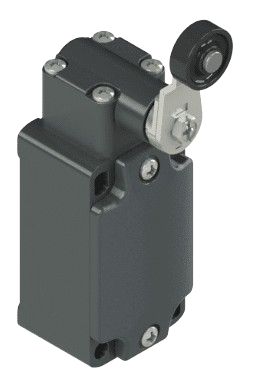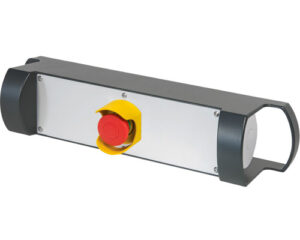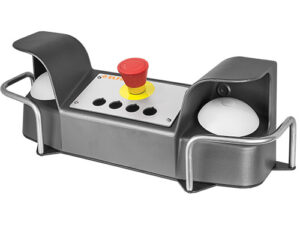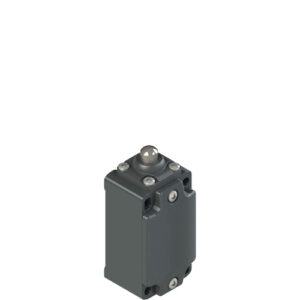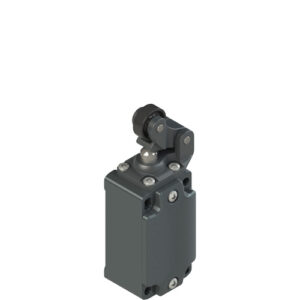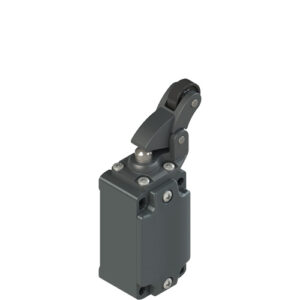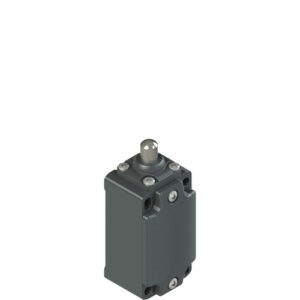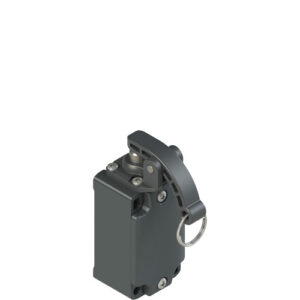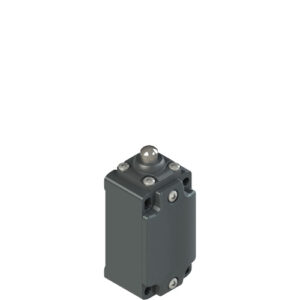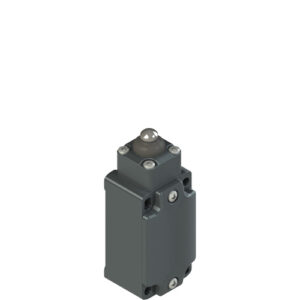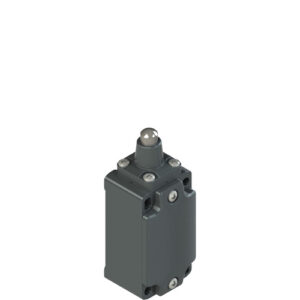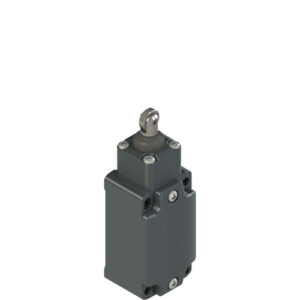Importance of Safety Switches Protecting Personnel Safety switches are a vital component of machine safety products, designed to prevent access to dangerous machines during operation.…
Importance of Safety Switches

Protecting Personnel
Safety switches are a vital component of machine safety products, designed to prevent access to dangerous machines during operation. By monitoring the physical contact of guards and doors, these switches ensure immediate shutdown in case of unauthorized access, significantly reducing the risk of injury. Whether used with magnetic safety switches, non-contact safety switches, or double door safety switches, they support enhanced safety across a wide range of equipment.
Safeguarding Automation Processes
In modern manufacturing, machine control is closely linked to safety systems. Safety switches provide a reliable safety function, ensuring equipment complies with applicable safety requirements while maintaining operational continuity. By integrating with safety controllers, safety contactors, and performance level rated devices, they help meet international safety standards and offer protection against manipulation in automated environments.
Key Components of Safety Switches
Interlock Safety Switches
Safety interlocks are commonly used on doors, hatches, and gates, preventing machinery from operating unless all access points are secured. Available in both electromechanical and RFID-coded variants, these switches are ideal for closing of machine guards and respective applications where precise position monitoring is critical.
Safety Limit Switches
Safety limit switches detect mechanical movement and enforce positional boundaries for machine parts. They are used in circuit protection, emergency disconnect switches, and rotary disconnects, supporting compliance with international safety codes while withstanding harsh environments and heavy-duty industrial use.
Hazardous Area Devices
Specialized heavy-duty safety switches are designed for industrial environments and hazardous machinery, where exposure to dust, water, or chemicals is common. These include non-fusible safety switches, Eaton’s heavy-duty safety switches, and models with switches with surge protection, offering maximum protection and reliable performance in tough conditions.
Innovations in Safety Switch Technology
LCB Light Curtain Blocking Device
The LCB device integrates with light curtain systems to allow temporary and safe suspension of the light beam for essential operations without compromising personnel protection. It’s especially useful in machine types requiring frequent intervention, while maintaining conformity with safety circuit logic.
MLZ-M Compact RFID Guard Locking Safety Switch
This RFID-coded safety switch offers high coding options and advanced safety switch designs in a compact design. It supports guard locking, enabling precise control in solenoid-controlled systems, and ensures compliance with EN ISO 14119 through tamper-proof technology. Suitable for devices in series, this innovation enhances reliable safety monitoring while enabling cost reductions and easy installation.
Standards and Regulations
EN ISO 14119 Compliance
Safety switches must meet EN ISO 14119, the global standard for interlock switches and protection against unintended machine startup. This standard governs the use of non-contact safety switches, tongue interlock safety switches, and coded magnetic safety switches, ensuring robust safety functions and clear risk reduction pathways.
CIP Safety/PROFIsafe Integrations
Modern systems often integrate safety protocols like CIP Safety or PROFIsafe over Ethernet, enabling seamless connection with control panels and safety controllers. These integrations simplify the connection of switches in series, and provide centralized control for safety switch sensors, increasing system efficiency while meeting international safety standards.
Range of Applications
Industrial Environments
Safety switches are essential across a variety of industrial applications, including service entrance applications, conveyor systems, robotic cells, and more. Their ability to withstand challenging environments, including high vibration, dust, or temperature, makes them a go-to solution for custom safety enhancements and protection against corrosion.
Solenoid-Controlled Systems
In systems requiring solenoid control, safety switches offer mechanical latching and controlled unlocking. This setup is ideal for applications requiring conditional access, such as e-stop/safety gate control or solenoid-controlled machine enclosures. With features like electronic outputs, dual output relay contacts, and optional viewing windows, they provide a complete, tailored solution for advanced safety integration.
Supporting Tools and Accessories
Safety Mats
Safety mats act as pressure-sensitive devices that detect personnel presence around machinery. Often paired with safety switches, they provide an added layer of protection in open-access work zones. When pressure is applied, they transmit signals from safety devices to the control system, prompting an immediate stop of the machine operation. These mats are compliant with functional safety standards and are ideal for high-traffic industrial environments.
Safety Edges and Bumpers
Safety edges and safety bumpers are critical for machinery with moving parts that pose a risk of impact. These tactile sensors detect contact and send signals to safety relays or switches with guard locking, allowing for fast deactivation of equipment. Common in hazardous machinery and transport systems, they are robust, easy to install, and part of a range of safety devices that help meet safety requirements in dynamic environments.
Emerging Trends in Machine Safety
RFID Technology in Safety Switches
The use of RFID technology in non-contact safety switches and interlock switches is growing rapidly. These systems ensure that only authorized access is permitted and prevent manipulation through coding-level verification. With features like enhanced safety, compact design, and protection against manipulation, RFID-based systems meet EN ISO 14119 and are widely adopted in modern safety controllers.
Solenoid and Electromagnetic Integrations
Solenoid-controlled systems are evolving to include smart locking mechanisms and programmable unlock conditions, improving the intended safety function and operational efficiency. Electromagnetic safety switches ensure that machine guards remain locked under power failure, addressing critical emergency shutdowns and emergency stop switches. These technologies are instrumental in maintaining safety without sacrificing productivity in automated industrial environments.
The Role of Safety Switches in Modern Industry

Flexibility in Safety Solutions
Modern safety switch sensors offer high flexibility, supporting various connection types, mounting configurations, and coding options. Whether for compact 40mm-wide housings or heavy-duty safety switch enclosures, manufacturers can select products suited to individual applications. Safety switches are available with rotary disconnects, pluggable terminals, or fuse compartments, ensuring easy integration into existing systems.
Addressing Diverse Safety Needs
From service entrance applications to proximity safety circuits, safety switches are built to adapt to evolving demands. They help protect against unsafe conditions, provide internal barriers to prevent contact between switch components, and offer scalable solutions through switches in series. With advancements like touch-safe control buttons, dual-channel operation, and electronic outputs, today’s safety switches are essential in ensuring both compliance and complete responsibility for machine safety.
